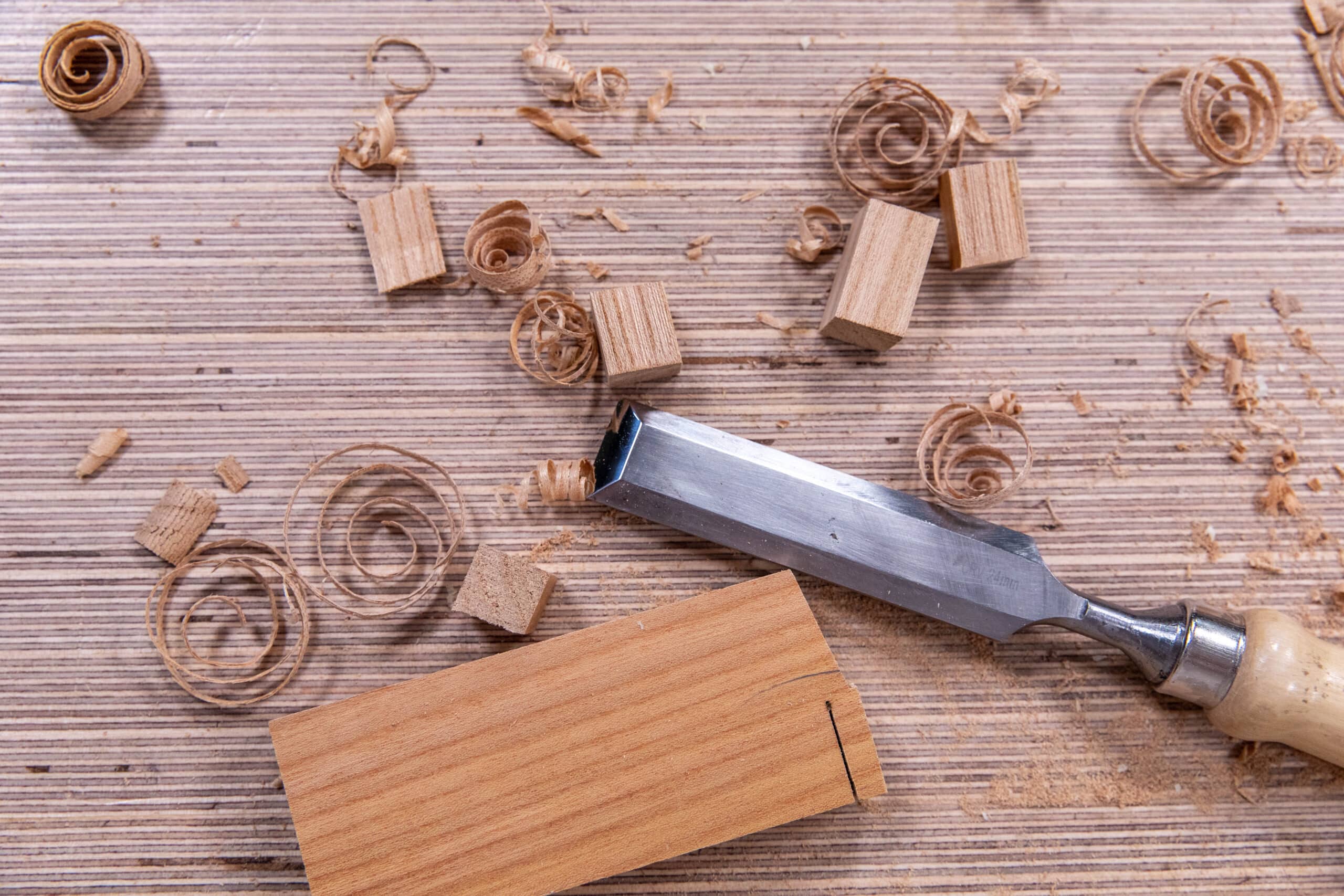Common Woodworking | Woodworking for Beginners with Paul Sellers

WOODWORKING FOR BEGINNERS
We provide easy-to-read guides, simple exercises and step-by-step courses to help develop your woodworking skills
GUIDES
If you’re new to the site, we recommend taking a look at the tools guides, read up about the tools you have (if any) and get familiar with their uses. For each tool there is a general guide which gives you a brief overview of the tool and the parts, there is a buying guide which gives you more information about buying that tool (what ones Paul recommends, what to avoid/look out for when buying second hand etc), the using guide shows important aspects of using the tool such as hand and feet positioning and technique, then finally the setting up and sharpening guides give you an overview of how to get your tools ready for use and maintain them.
EXERCISES
The aim of the exercises is to encourage you to practise basic skills which you will come across in several of our courses. This is a great place to start if certain tools are new to you, and you haven’t used them before. For the Angled Cuts exercise, the only tools you need is the saw, sliding bevel and the square. If you have all of these and a woodworkers knife, you can do the Crosscut and Ripcut exercise. For the Round Rod exercise, the only tool you need is a plane. So depending on your tool collection, there should be several exercises you can get started with.
In some cases, adding just one more tool to your collection will allow you to have a go at several more exercises within the library, it is worth checking the tool list on each exercise before. These exercises will equip you with the skills you need to complete some of our courses. A great way to get started in woodworking for beginners.
COURSES
It’s important to master the basics before you move onto the courses such as the Chisel Tray or Hanging Wall Shelf, so take a look at the joint courses first. The 3 main woodworking joints (Dovetail, Mortise and Tenon and Housing Dado) are commonly found in many projects. Once you have perfected these skills, you will find each course becomes easier. Each course comes with a tool list so have a look through and see which ones you may need to buy in order to complete the course. Each tool is linked to a guide which will give you information for buying that particular tool. Once you have practised your joints, move onto the Spoon project, followed by the Spatula.

